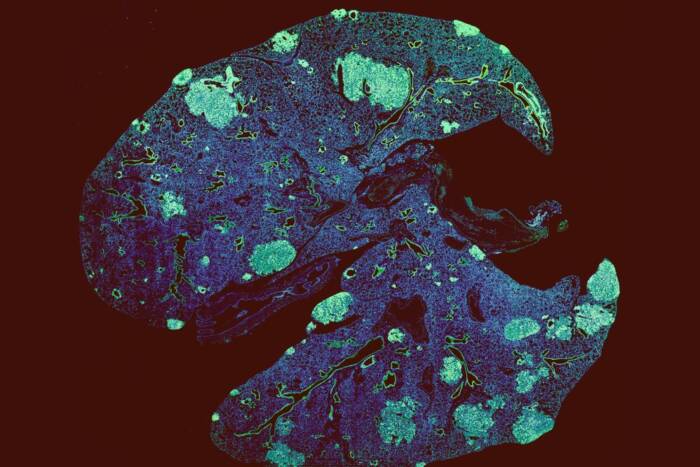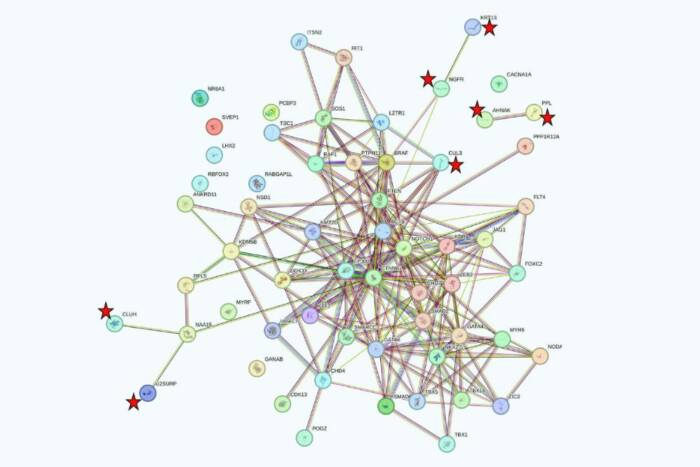Rockefeller scientists in the news
by Katherine Fenz, media relations manager

Leslie Vosshall explains to PBS Newshour how her laboratory is searching for what makes humans attractive to mosquitoes.
Mutant mosquitoes
Earlier this month, PBS Newshour featured Leslie Vosshall in a segment on the use of mutant mosquitoes to fight Zika and dengue fever.
“Mosquitoes—especially the mosquitoes that are spreading Zika, dengue, and chikungunya—they love humans over any other animal,” Dr. Vosshall explains to reporter Miles O’Brian. “They’re cuing into our body odor, the carbon dioxide in our breath, and our body heat. I think it’s the body odor that distinguishes us from other non-human animals.”
By creating mutants that can’t detect certain odors, the team hopes to identify what makes certain people mosquito magnets. Dr. Vosshall asks, “Ultimately, how cool would it be to have a cream that you put on your arm with probiotic that makes you demagnetized as a mosquito magnet?”
Dr. Vosshall’s segment starts at 6:10.
Iranian stem cell research
Also this month Ali Brivanlou discusses the potential for stem cell research collaborations with Iran in a Mental Floss piece by journalist Lina Zeldovich.
Political debates stalled stem cell research in the Western world throughout the early 2000s. In Iran, however, Islamic law defines life not at conception, but when one can distinguish a heartbeat. Dr. Brivanlou believes that in the current political atmosphere, new possibilities of collaboration are opening up.
“My dream is to have universities in the United States, such as The Rockefeller University, and institutes in Iran, such as the Royan Institute, be engaged in a double exchange program as soon as possible,” says Dr. Brivanlou.
The rarest minerals
Jesse Ausubel’s recent publication in American Mineralogist analyzed the Earth’s rarest minerals. The research was picked up by The Atlantic, BBC News, and New Scientist, among others.
Scientists have catalogued more than 5,000 minerals, but fewer than 100 are thought to constitute almost all of Earth’s crust. Mr. Ausubel’s work included categorizing the rarest minerals, which appear in five or fewer locations on Earth. Intriguingly, half of the 5,000 known minerals fall into this rare category. Most have been formed in processes related to living organisms, indicating they may provide some clues to the origins of life.
“These minerals could shed light on the co-evolution of biology and geology,” says Mr. Ausubel. “Looking for them in space could be a good way to seek out the presence of life on other worlds.”


